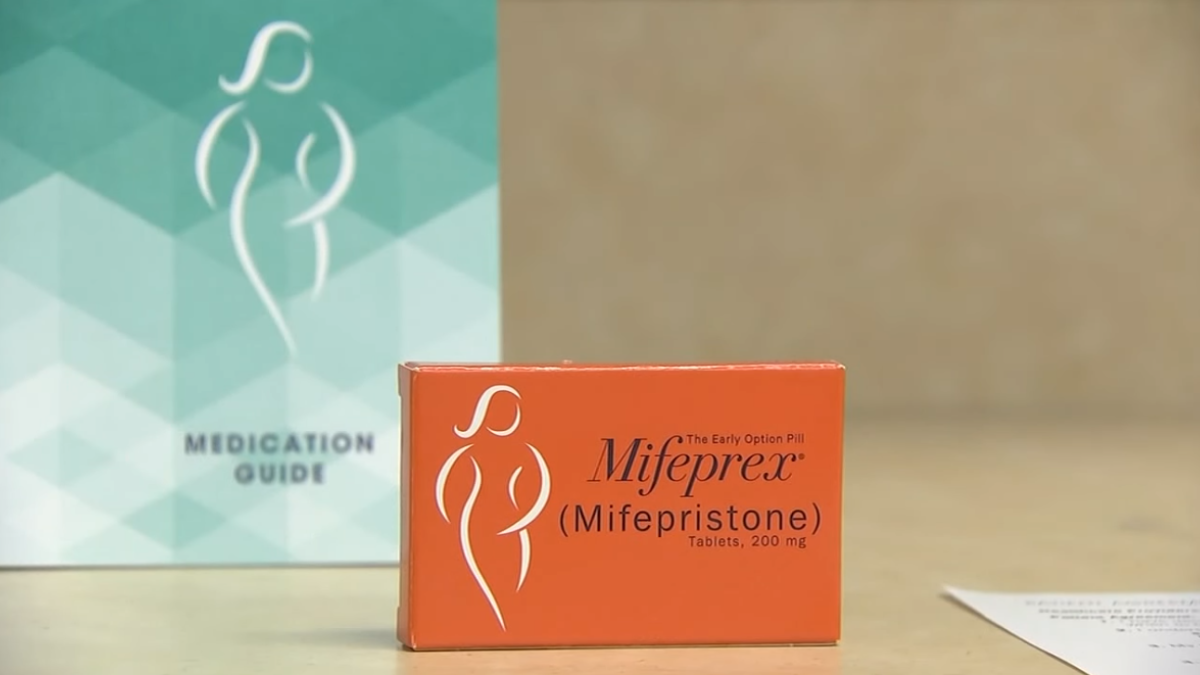This month, it was reported that two of the country’s largest pharmaceutical retailers will begin dispensing abortion-inducing medications mifepristone and misoprostol. This roll-out will start in “selected” pharmacies in Massachusetts and Rhode Island, with pharmacies in New York, Pennsylvania, California, and Illinois following suit in the ensuing weeks and months. What has not changed is that, for now, a prescription will still be required to procure these medications from either a telemedicine service or an in-person provider.
Before this announcement, the FDA limited the dispensing of mifepristone and misoprostol to a subset of specialty offices and clinics due to safety concerns. Apparently, it is no longer “unsafe.”
Or is it?
As I have previously reported, ingesting mifepristone and misoprostol unsupervised carries definable risks. The risk of hemorrhage and possible death from an ectopic pregnancy is not just theoretical.
In a 2019 mifepristone post-marketing report released by the FDA, there were 97 ectopic pregnancies and 24 deaths reported in the 18-year period following the release of mifepristone in 2000. In addition, 4,195 adverse events were reported from 2000-2018. During that same time frame, 599 women required blood transfusions after ingesting mifepristone to induce an abortion.
These are hardly rigorous nor complete data but rather data reported voluntarily by an industry — FDA and Big Pharma — that stretches truth and data like a rubber band.
But Wait, There’s More
Beyond the risks already addressed, there’s the additional risk of an undiagnosed malignancy. No, mifepristone and misoprostol don’t cause cancer. However, it has been known for decades that the incidence of a molar pregnancy or gestational trophoblastic disease (GTD) occurs in a consistent 1/1,000 pregnancies. GTD, a benign disease of pregnancy, in and of itself, is not significant, but what is significant is that 20 percent of these women will develop uterine choriocarcinoma, a highly malignant and progressive cancer. According to the Guttmacher Institute, approximately 53 percent of the nearly 1 million abortions performed in this country were chemically induced by mifepristone and misoprostol.
That being the case, of the 500,000 women who undergo a chemically induced abortion, 1 in 1,000, or 500, will develop gestational trophoblastic disease. Of these 500, 20 percent (100) will develop choriocarcinoma. But in all likelihood, that number would be even higher as the incidence of GTD is greater in women younger than 20 and older than 35, exactly the demographic more prone to aborting an unwanted baby.
Other Unintended Consequences
The most important thing an obstetrical provider can do for his or her patient is to assign an accurate due date. After all, every key management decision is based upon this date. Therefore, it is a potentially critical issue the abortion industry never mentions. It is critical because the longer a woman waits to chemically abort her unborn baby, the greater the risk she incurs. This is why mifepristone was initially approved for pregnancies up to seven weeks.
Indeed, a woman who is not under the care of a qualified provider may very well have no idea she is even pregnant, much less how far along she is. How can this be? As most know, a woman’s menstrual periods can be irregular for any number of reasons, and the cessation of flow is not an automatic indicator of pregnancy. In fact, up to 25 percent of all early pregnancies can be affected by spotting or bleeding that, in the unsuspecting mind of a young woman, is just an abnormal period. This false assumption only delays the discovery of a pregnancy and increases the risk of an adverse outcome in the event she should terminate her pregnancy.
As one can see, if a woman has no idea how far along she actually is and hopes against hope she’s only a few weeks along when she ingests mifepristone and misoprostol — despite the fact the FDA only “approves” of its use up until seven weeks — there is a greater likelihood she experiences complications. Indeed, in a recent report looking at outcomes of women who chemically aborted their unborn babies after 13 weeks, up to 30 percent of women experienced heavy bleeding or infection, many of which required surgical intervention. This intervention subsequently introduces the woman to the additional risks of surgery and anesthesia.
Strained Physician-Patient Relationship
Added to all these risks and considerations is the fact that a woman who is attempting a chemical abortion is most likely at home alone and in anguish, turmoil, and probable fear and pain. She would be experiencing symptoms she hadn’t bargained for — in all likelihood, they weren’t even fully disclosed to her.
If her symptoms were such that she did find her way to the emergency room, she would be evaluated by the ER physician, who now must deal with a complication that’s the result of a broken system. He or she pages the on-call OB-GYN who has no prior doctor-patient relationship with this woman, and the two of them are on a collision course neither of them asked for, a collision borne of frustration, pain, and fear.
Yet here we are. The Supreme Court is about to determine the fate of mifepristone in this country and whether it can be sourced by mail and taken unsupervised by women desperate to do what society has convinced them is acceptable. The abortion industry has sold the unsuspecting public a bill of goods ranging from, “It’s only a clump of cells,” and “Your life will be so much better after this,” to “There will only be a little cramping and bleeding, just like a period.”
Sadly, it doesn’t appear to be a going-out-of-business sale.









